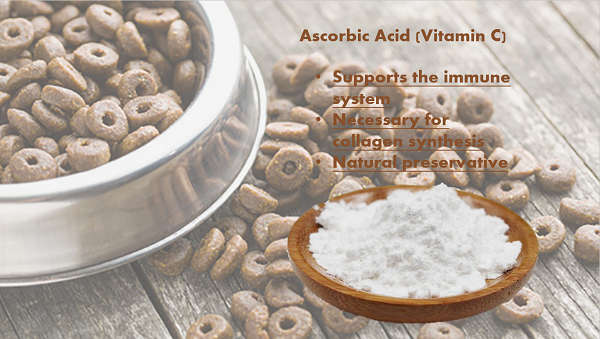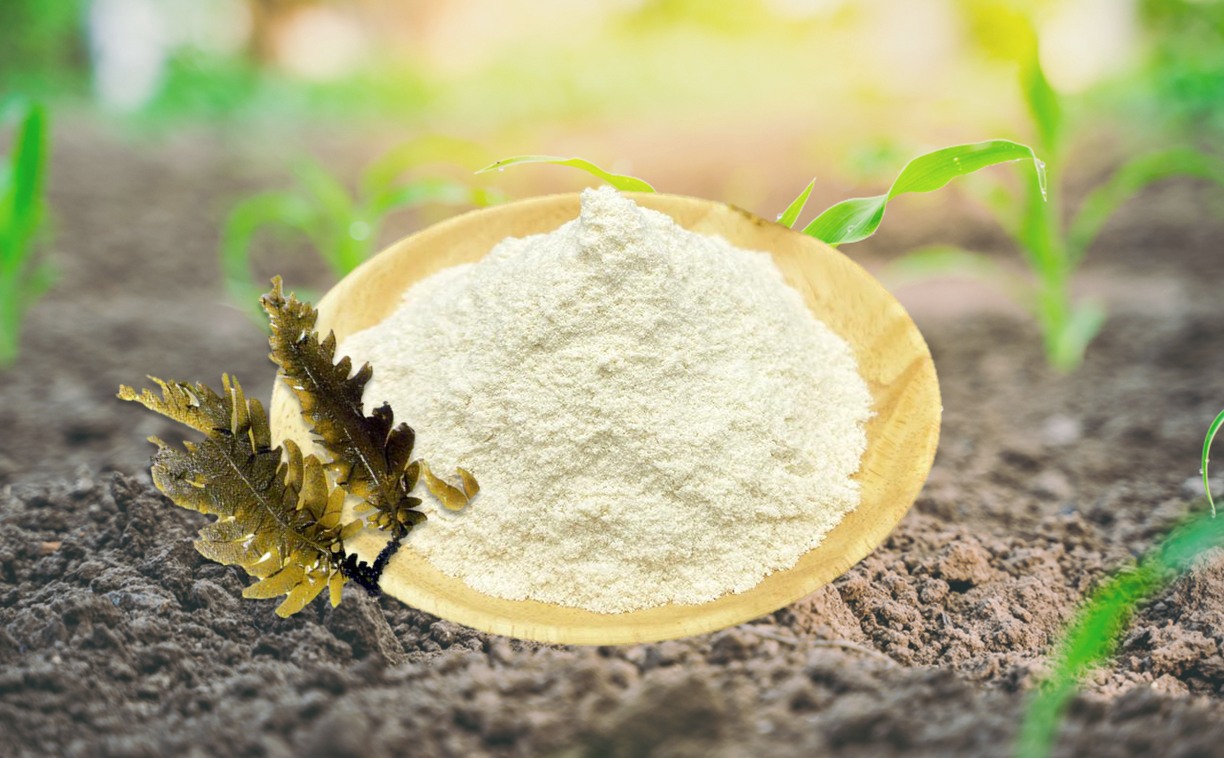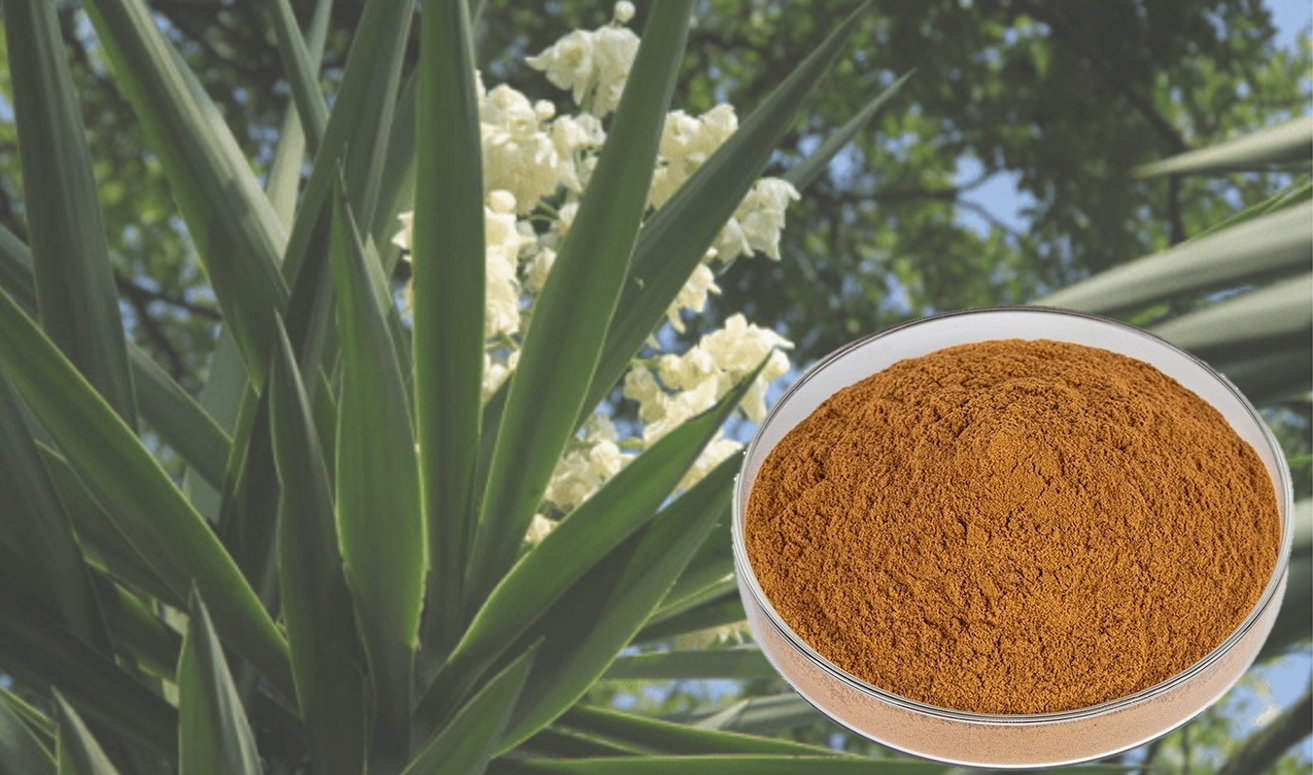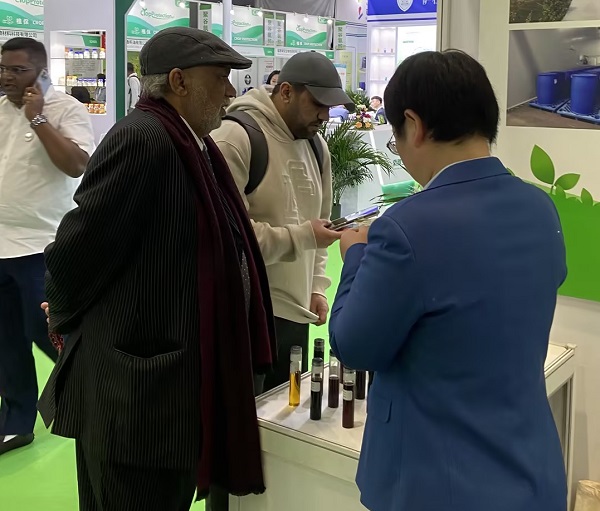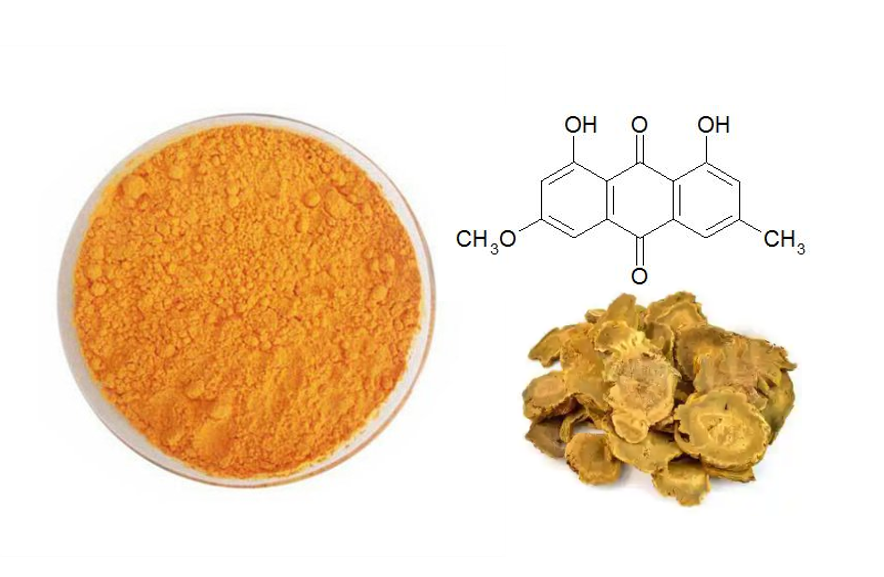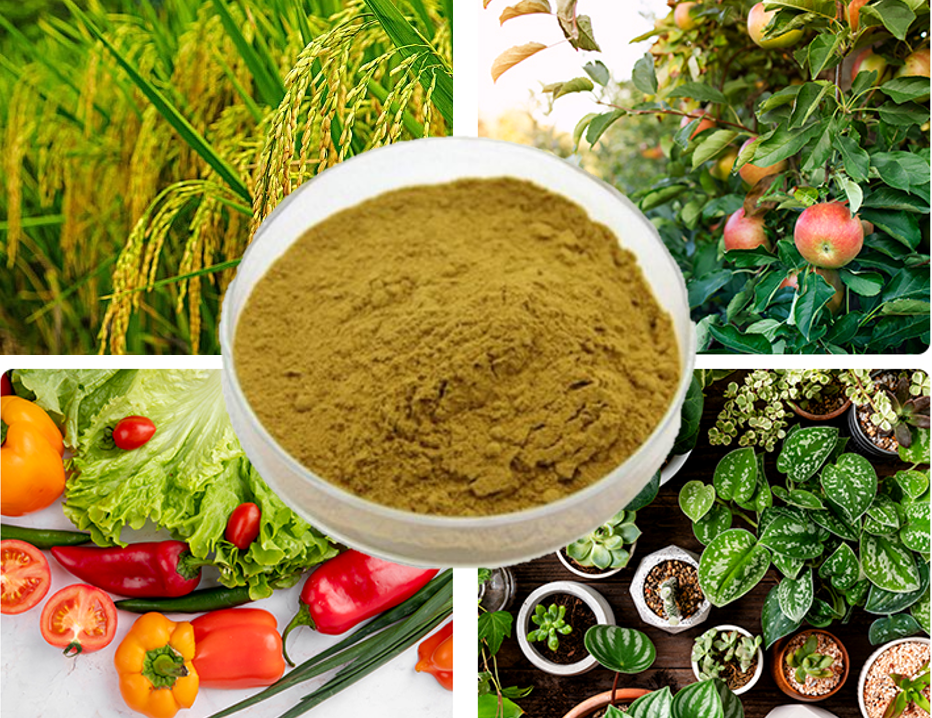Follow Us:
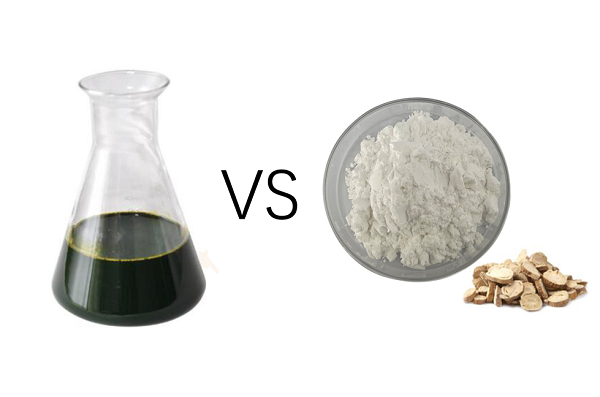
Bulk Price Matrine Liquid 10% vs Matrine Extract 98% HPLC
What is Matrine Liquid 10%?
Matrine, a natural alkaloid, occurs in the Sophora flavescens plant, a leguminous plant native to China and other parts of East Asia.
The liquid form typically contains a lower concentration of matrine, around 10%, and usually comes directly from the plant’s roots or seeds, where the alkaloid is concentrated.
What is Matrine Extract 98%?
The 98% matrine extract is a highly concentrated form of matrine obtained from Sophora flavescens or other species within the Sophora genus.
It is purified and refined using advanced techniques like High-Performance Liquid Chromatography (HPLC) to isolate and concentrate matrine to near-purity (98%).
Manufacturing Process
1. Matrine Liquid 10%
- Extraction: The process begins with the harvesting of Sophora flavescens plants, where the roots or seeds are collected.
- Solvent Extraction: A solvent (like ethanol or water) is used to extract the matrine from the plant material.
- Concentration: The extract is then concentrated to achieve a 10% matrine liquid solution, where the solvent is evaporated, and the matrine is retained in its liquid form.
- Purification: Minimal purification may be done compared to highly concentrated extracts.
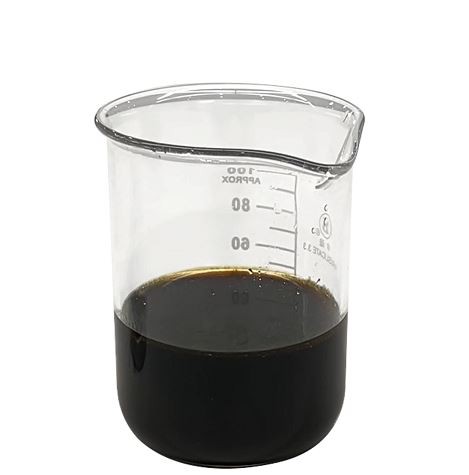
Matrine Liquid 10% COA
| Parameter | Specification |
| Appearance | Brown Liquid |
| Active Ingredient | Matrine Liquid (10%) |
| Specification | 10% |
| Solvent | Water or Ethanol (depending on the formulation) |
| Odor | Slightly herbal or characteristic of Sophora flavescens |
| pH | 4.5 – 7.5 |
| Density | 1.00 – 1.10 g/mL |
| Viscosity | 10-20 cP (depending on solvent used) |
| Solubility | Soluble in water and ethanol |
| Moisture Content | ≤ 5% |
| Heavy Metals | ≤ 10 ppm |
| Arsenic (As) | ≤ 1 ppm |
| Lead (Pb) | ≤ 1 ppm |
| Microbial Limits | Total Plate Count: ≤ 1,000 CFU/g |
| Yeast and Mold: ≤ 100 CFU/g | |
| E. coli: Negative (if applicable) | |
| Salmonella: Negative (if applicable) | |
| Storage | Store in a cool, dry place, away from direct sunlight |
| Shelf Life | 24 months from the date of manufacture |
2. Matrine Extract 98% HPLC
- Extraction: Sophora flavescens plant material (roots or seeds) undergoes an initial extraction using solvents such as ethanol or methanol.
- Purification and Isolation: The extract undergoes purification processes such as liquid-liquid extraction and filtration.
- HPLC (High-Performance Liquid Chromatography): HPLC (High-Performance Liquid Chromatography): This advanced technique separates and concentrates matrine, achieving a 98% purity level. HPLC removes impurities and produces a highly concentrated final extract.
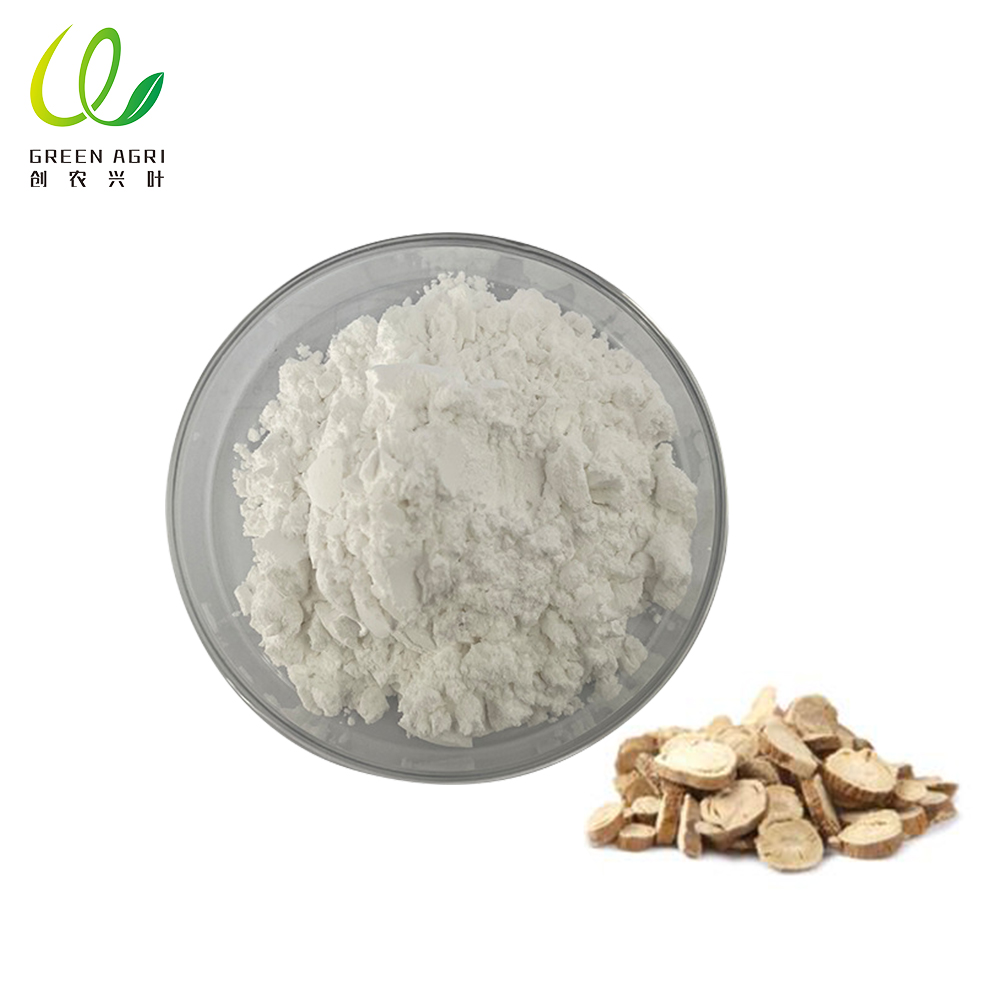
Matrine Extract 98% COA
| Parameter | Specification |
| Appearance | White to off-white powder |
| Active Ingredient | Matrine (98%) |
| Specification | ≥ 98% |
| Solvent | Ethanol, Methanol, or other organic solvents used during extraction |
| Loss on Drying | ≤ 5% |
| Ash Content | ≤ 1% |
| Solubility | Soluble in ethanol, methanol, and water (slightly) |
| pH | 4.5 – 6.5 |
| Heavy Metals | ≤ 10 ppm |
| Arsenic (As) | ≤ 1 ppm |
| Lead (Pb) | ≤ 1 ppm |
| Microbial Limits | Total Plate Count: ≤ 1,000 CFU/g |
| Yeast and Mold: ≤ 100 CFU/g | |
| E. coli: Negative (if applicable) | |
| Salmonella: Negative (if applicable) | |
| HPLC Purity | ≥ 98% (verified by HPLC analysis) |
| Residue Solvents | Ethanol: ≤ 500 ppm |
| Storage | Store in a cool, dry place, away from direct sunlight and moisture |
| Shelf Life | 24 months from the date of manufacture |
Matrine Liquid 10% vs Matrine Extract 98% Benefit
| Benefit | Matrine Liquid | Matrine Extract |
| Speed of Action | Acts quickly due to its liquid form, providing rapid pest and disease control. | Slower acting but more potent, providing longer-lasting effects. |
| Ease of Application | Easy to apply, ready-to-use for foliar spraying, drenching, or irrigation. | Requires preparation (e.g., dilution) before use but can be mixed into formulations. |
| Efficiency in Pest Control | Effective for quick knockdown of insects, nematodes, and fungi. | Higher concentration provides a more effective long-term pest control. |
| Cost-Effectiveness | Generally less expensive due to lower concentration, good for immediate use. | More cost-effective for large-scale agricultural formulations due to concentrated nature. |
| Residue Levels | Typically leaves lower residue on crops compared to extracts. | May leave higher residue depending on the concentration and formulation. |
| Environmental Impact | Generally safer for the environment, with fewer side effects and degradation. | More potent, but may have a higher environmental impact if misused or over-applied. |
| Storage and Shelf Life | Shorter shelf life (1-2 years) and may degrade faster, requiring faster usage. | Longer shelf life (up to 3 years or more), more stable for storage. |
| Compatibility with Other Products | Easily compatible with other liquid pesticides, fungicides, and fertilizers. | May require careful formulation and compatibility checks with other products. |
| Application Flexibility | More suitable for targeted or spot treatments due to its liquid nature. | Suitable for bulk applications and can be blended into various pesticide formulations. |
| Plant Safety | Generally safer on plants with proper application, as it is in liquid form. | Potent, so requires careful application to avoid potential phytotoxicity. |
| Usage Frequency | Requires more frequent applications due to quicker degradation of the active ingredient. | Less frequent applications due to its longer-lasting effects. |
| Effect on Beneficial Insects | Lower risk to beneficial insects when used according to recommendations. | Higher concentration may pose a risk to beneficial insects if not carefully applied. |
10% Matrine Liquid vs Matrine Extract 98% Differences
- Matrine Liquid (10%) is a diluted form, and farmers mainly use it in organic farming for pest control applications like foliar sprays or soil drenching.
- Matrine Extract (98%) is a highly concentrated form, ideal for applications requiring higher potency and is often used in scientific research, or in custom formulations for pest management.
Contact Us for Wholesale Orders
Are you interested in bulk matrine powder? Contact our sales team today to discuss Wholesale pricing, MOQ, and custom packaging shipping. We look forward to serving you!
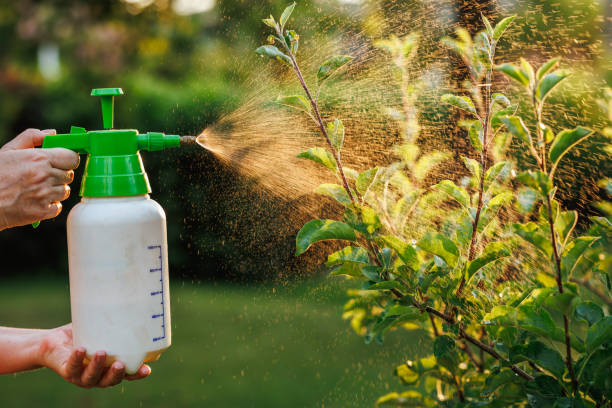
Customer Feedback on Matrine from Our Agricultural Brand Manufacturer
Sarah W., Agricultural Researcher, “I’ve been testing Matrine as part of a research project focusing on natural alternatives to chemical pesticides. The results have been promising. The 10% liquid formulation is particularly easy to incorporate into our studies, and the data we’re collecting shows that it’s a viable alternative for reducing pest populations. I look forward to seeing further results.”
Lukas F., Large-Scale Farm Owner, “We started using the Matrine extract after attending an agricultural fair where we learned about its benefits. It’s been a great addition to our pest management program. It’s cost-effective, easy to apply, and most importantly, it’s gentle on the environment. We’ve also noticed a drop in pesticide residue in our crops, which is very important for our European customers.”
Anja K., Agricultural Consultant, “Matrine extract is an excellent alternative for our clients looking to reduce their reliance on synthetic chemicals. The 98% HPLC grade extract has proven effective in trials for managing common pests, including aphids and mites, while being safe for surrounding flora. It’s a product that will continue to gain popularity in Germany as farmers move toward sustainable agriculture.”
Krzysztof P., Vegetable Grower,“As a farmer growing organic vegetables, I’ve always been on the lookout for natural pest control methods. Matrine has worked wonders, especially in the warmer months when pest pressure is high. The 10% liquid formulation is easy to mix and apply. Our crops have been healthier, and we’ve received positive feedback from customers on the quality of our produce.”
Agnieszka L., Farm Manager, “We started using matrine last season after a supplier introduced it to us. The results have been great. It’s a great solution for Polish farmers looking to minimize chemical usage without sacrificing yield.”
Also See













